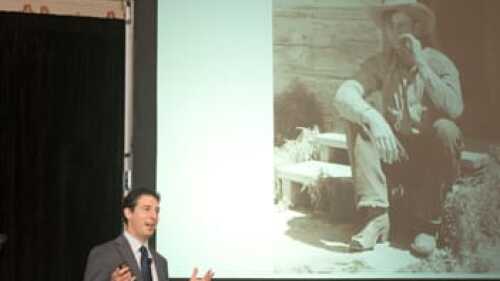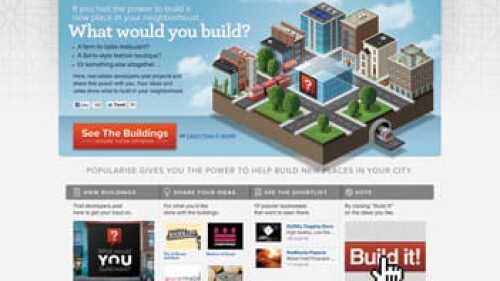Mixed-Use
Far from being loners, singles in the city are creating connections—and vitality—says Eric Klinenberg, author of Going Solo: The Extraordinary Rise and Surprising Appeal of Living Alone.
Museum Place, a large-scale infill development on an 11-acre (4.5 ha) site assembled in the cultural district of Fort Worth, Texas, is designed to knit 11 new structures into a finer-grained urban fabric of streets to connect to nearby museums and surrounding uses so it can flexibly mix offices, retail space, hotel space, and housing.
“Mixed-use developments mean we stop thinking so much about buildings as buildings but as communities,” said Richard Vogel, senior vice president and general manager of Ivanhoe Cambridge China, at ULI’s Asia Pacific Summit. These substantial and often iconic developments are a weighty undertaking, crucial to the regeneration and improvement of cities, particularly in rapidly urbanizing countries such as China and India.
“The attributes of the single-family house are becoming obstacles to aging in place well,” with the distance from shops and services and the lack of walkability, said Ellen Dunham Jones, architecture professor at the Georgia Institute of Technology. “We need to link the needs of the aging population with dead big-box stores and dying malls.”
Telecommuters are an expanding workforce sector with needs different from those of typical workers. Many of these needs could be met by a new type of home-office building. In addition, energy efficiencies and an improved quality of life for telecommuters could be achieved.
Members of ULI’s Community Development Council speak about the impact of the slow economy, the increased appeal of smaller sites in denser locations, consumers’ current amenity preferences, the impact of ethnic and demographic changes, and the rising demand for housing that can accommodate multiple generations.
Founded by Washington, D.C., developers Ben and Daniel Miller, Popularise.com aims to put “the power back in the hands of the people who care.” The website allows the public to comment and vote on potential businesses that could be included in a proposed development site.
Lake Tahoe, the largest, highest-elevation alpine lake in North America, is one of the most treasured natural wonders in the United States. But its pristine natural beauty and abundant recreational opportunities have also put pressure on the area by bringing in growing numbers of vacationers and year-round residents. With its jewel-like fresh-water lake cradled by snow-peaked mountains even in the summer months, Lake Tahoe is one of the top international attractions in California.
By 2050, aging baby boomers are expected to swell the population of Americans 65 and older to 89 million—a surge that will require more than just an increase in the capacity of housing for seniors.








